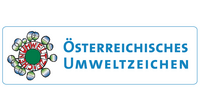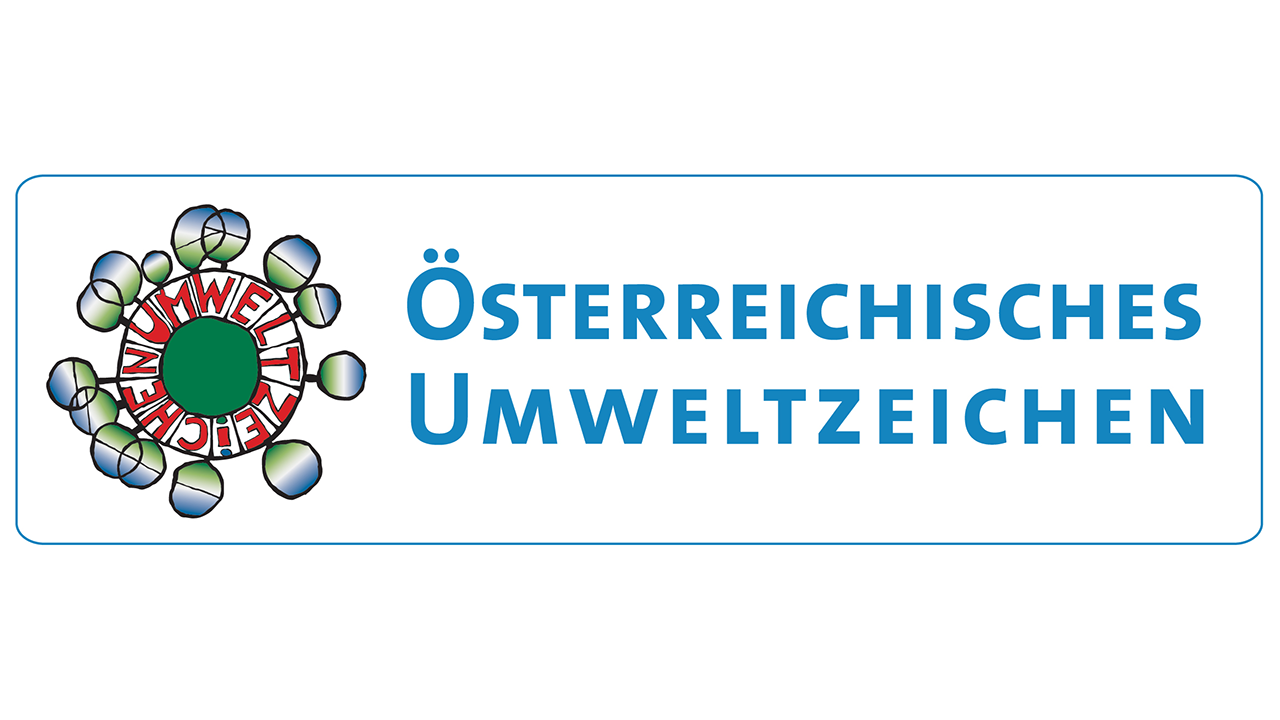Important
Principles
By using the website www.bellevue.ch, you confirm that you have read, understood and accepted the general information provided by the Bellevue Group AG as well as these legal provisions. These may be subject to change and the use of the site may be restricted or terminated at any time without prior notice.
No recommendation and/or offer for subscription (or for purchase) and/or redemption (or for sale)
The information, products, data, services, tools and documents contained or described on this site ("website content") are for information purposes only and constitute neither an advertisement or recommendation nor an offer or solicitation (to buy) or redemption (sell) investment instruments, to effect any transaction or to enter into any legal relations.
The financial products mentioned on this site are not suitable for all investors. The information contained on this site does not constitute a financial, legal, fiscal or any other recommendation. Investment or other decisions should not be made solely on the basis of this document. In particular, you should not enter into any investment before you have read the corresponding fund agreement or legal prospectus, the annual and semi-annual reports, the articles of association (as far as they are applicable), as well as all other documents, as required in accordance with local legislation or the regulations applied in the legal jurisdictions or countries in which the corresponding investment fund has been licensed or approved for public offer or sale to the public.rlich sind.
The financial products mentioned on this site are not suitable for all investors. The information contained on this site does not constitute a financial, legal, fiscal or any other recommendation. Investment or other decisions should not be made solely on the basis of this document. In particular, you should not enter into any investment before you have read the corresponding fund agreement or legal prospectus, the annual and semi-annual reports, the articles of association (as far as they are applicable), as well as all other documents, as required in accordance with local legislation or the regulations applied in the legal jurisdictions or countries in which the corresponding investment fund has been licensed or approved for public offer or sale to the public.
In order to determine whether the investment in shares of a certain investment fund meets your specific requirements and matches your envisaged risks, we recommend that you contact an independent financial adviser. Furthermore, we recommend that you consult an independent tax adviser in order to obtain information on the tax regulations relating to a specific investment in your legal jurisdiction and with regard to your personal circumstances. In particular tax treatment depends on individual circumstances and may be subject to change.
As the funds are recognised (ie. registered) but not authorised in the UK, the UK Financial Services Authority's financial services compensation scheme does not apply to investments in the fund but the Financial Services Authority regulated firm approving this document for the purposes of UK regulation has taken reasonable steps to satisfy itself that Bellevue will deal in an honest and reliable way and is so satisfied.
Performance
Past performance is not an indication or guarantee of the future performance of the investment. The value of investments may be subject to fluctuations and, under certain circumstances, investors may not get back the full amount invested. The performance data are calculated without taking account of commissions and costs that result from subscriptions and redemptions and commissions and costs have a negative impact on performance. Changes in foreign-exchange rates may also cause the value of investments to go up or down.
Target group of the sites
The sites are intended exclusively for use by legal entities and natural persons having their registered office or residing in countries in which the investment funds or the related subfunds or share classes of the Bellevue Group have been properly licensed or approved for public offer or sale in accordance with the applicable local legislation. The funds are currently registered for public distribution offer in the following countries: Luxembourg, Switzerland, Germany, Austria, Spain and Portugal. In all other countries, the funds may, if any, via "Private Placement" according to the local applicable laws.
It is explicitly stated, that alternative fund products are not allowed for public distribution in any country and that they may only and exclusively be solicited to institutional and qualified private investors according to the applicable local laws of each country.
The information and services provided on the sites are not intended for offer to or use by legal entities or natural persons in legal jurisdictions or countries in which the offer or use thereof would violate local legislation or legal provisions, or in which business units forming part of Bellevue Group would be subject to registration requirements in such jurisdictions or countries. Legal entities or natural persons to which such prohibitions apply must not access or use these sites.
The Bellevue funds have NOT been licensed for public offer or sale to the public in the United States in accordance with the US Investment Company Act of 1940 or the US Securities Act of 1933, or in Canada, Japan, Taiwan, Malaysia, Hong Kong or Israel in accordance with the laws in force in those countries. Therefore, particular importance is attached to ensuring that these sites are not intended for legal entities or natural persons, who have their registered office or who reside in such countries, their territories or dependencies or who, on account of their citizenship or similar status, are subject to the law of one of these countries.
Fund documents Luxembourg Fund
Bellevue SICAV: The Bellevue Funds (Lux) SICAV is admitted for public offering and distribution in Switzerland . Representative agent in Switzerland Waystone Fund Services (Switzerland) SA, Avenue Villamont 17, CH-1005 Lausanne and paying agent in Switzerland: DZ PRIVATBANK (Schweiz) AG Münsterhof 12, PO Box, CH-8022 Zürich. Austria: Paying and information agent: Zeidler Legal Process Outsourcing Limited., 19-22 Lower Baggot Street, Dublin 2, D02 X658, Ireland. Germany: information agent: Zeidler Legal Process Outsourcing Limited., 19-22 Lower Baggot Street, Dublin 2, D02 X658, Ireland. Spain: The Bellevue Funds (Lux) SICAV is registered with the CNMV under the number 938. Paying and information agent: atl Capital, Calle de Montalbán 9, ES-28014 Madrid. Prospectus, Key Investor Information Document (“KID”), the articles of association as well as the annual and semi - annual reports of the Bellevue Funds under Luxembourg law are available free of charge from the above mentioned representative, paying, facilities and information agents as well as from Bellevue Asset Management AG, Theaterstrasse 12, CH-8001 Zurich.
Bellevue Asset Management (Deutschland) GmbH: You can obtain the sales prospectus, the annual reports and the german key investor information documents free of charge from Bellevue Asset Management (Deutschland) GmbH, and also from banks and financial advisers. Paying agent in Switzerland is DZ PRIVATBANK (Schweiz) AG, Münsterhof 12, PO Box, CH-8022 Zurich. The swiss agent is IPConcept (Schweiz) AG, In Gassen 6, PO Box, CH-8022 Zurich. In Switzerland you can obtain sales prospectus, the annual reports and the german key investor information documents free of charge from the agent and also from the paying agent.
Fund documents Bellevue Entrepreneur Switzerland
Prospectus, Key Investor Information Document („KID“), fund contract as well as the annual and semi - annual reports of the Bellevue Fund under Swiss law are available free of charge from: Switzerland : PMG Fonds Management AG, Dammstrasse 23, 6300 Zug or Bellevue Asset Management AG, Theaterstrasse 12, CH-8001 Zurich.
Fund documents Bellevue Funds and Bellevue Healthcare Strategy
Prospectus, Key Investor Information Document („KID“), fund contract as well as the annual and semi - annual reports of the Bellevue Medtech and Services fund established under Swiss law in the category "Other Funds for Traditional Investments" are available free of charge from : Switzerland : Swisscanto Fondsleitung AG, Bahnhofstrasse 9 , CH - 8001 Zürich or Bellevue Asset Management AG, Theaterstrasse 12, CH-8001 Zurich.
Fund documents StarCapital Multi Income and StarCapital Dynamic Bonds
Prospectus, the key information document ("PRIIP-KID"), the management regulations and the semi-annual and annual report are available free of charge in German from Bellevue Asset Management (Deutschland) GmbH, your advisor or intermediary, the paying agents, the relevant custodian bank or from the management company IPConcept (Luxembourg) S.A. (société anonyme), 4, rue Thomas Edison, L-1445 Luxembourg, Luxembourg, https://www.ipconcept.com. For information on opportunities and risks as well as tax information, please refer to the current detailed sales prospectus. Further information on investor rights can be found on the Management Company's website (https://www.ipconcept.com). The management company may decide to cancel the arrangements it has made for the distribution of the units of its collective investment undertakings in accordance with Article 93a of Directive 2009/65/EC and Article 32a of Directive 2011/61/EU.
Fund documents Bellevue Option Premium fund
Prospectus, the key information document ("PRIIP-KID"), and the semi-annual and annual reports are available free of charge in German from Bellevue Asset Management (Deutschland) GmbH, your advisor or intermediary, the paying agents, the responsible depositary (UBS Europe SE, Bockenheimer Landstrasse 2-4, D-60306 Frankfurt am Main) or from the management company Universal-Investment-Gesellschaft mbH, Theodor-Heuss-Allee 70, D-60486 Frankfurt am Main, https://www.universal-investment.com. For information on opportunities and risks as well as tax information, please refer to the current detailed sales prospectus. Further information on investor rights can be found on the Management Company's website (https://www.universal-investment.com). The management company may decide to cancel the arrangements it has made for the distribution of the units of its collective investment undertakings in accordance with Article 93a of Directive 2009/65/EC and Article 32a of Directive 2011/61/EU.
Data protection
By accessing this website you state that you agree with the data protection statement. If you do not agree with this statement you should refrain from accessing any further pages of this website. This statement may be updated at any time. We therefore recommend that you check this statement regularly.
Confirmation
By clicking on "Accept", you confirm that you agree to the legal provisions.






